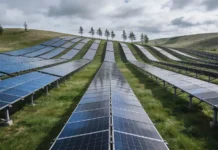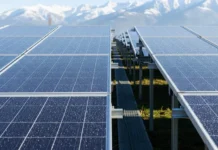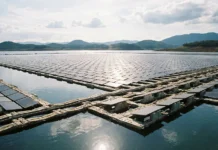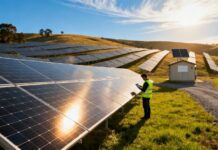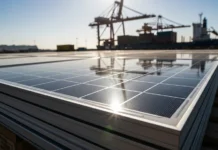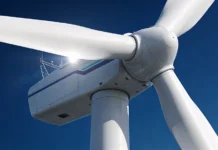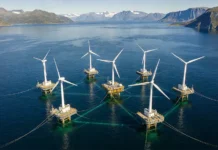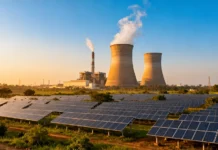In under ten years, data and analytics firm Wood Mackenzie predicts that global renewable energy capacity will multiply.
From 2024 to 2033, Wood Mackenzie forecasts the installation of 4.7 TW of DC solar capacity worldwide, with China expected to contribute half of the total.
The combined increase of solar and wind energy is expected to add 5.4 TW, bringing the global total to 8 TW. Energy storage capacity is expected to see a surge of more than 600%, with 1 TW coming online over this period.
Luke Lewandowski, vice president of global renewables research at Wood Mackenzie, indicated that global demand for renewables has reached unprecedented levels due to national policy targets, technological innovation, and concerns about energy security. He stated that integrated power technology solutions will continue to evolve, with significant growth in storage-paired capacity despite challenges like inflation, grid constraints, and permitting issues.
Wood Mackenzie forecasts that 500 GW of new solar and wind capacity will be installed in 2023, averaging 560 GW annually over the next decade. Solar is expected to account for 59% of the global capacity added during this period.
In the first quarter of 2024, U.S. developers installed more solar capacity than in all of 2019. China’s installations increased by 36% year-on-year, and new capacity in India during Q1 was 85% of the total installed in 2023. However, Europe’s distributed solar boom has weakened, with first-quarter residential installations dropping by over 30% in Germany and more than 50% in the Netherlands as retail rates fell.
Juan Monge, principal analyst for distributed solar PV at Wood Mackenzie, noted that ultra-low module prices accelerated solar deployments in Europe and China last year and will continue to do so in the near term. However, grid constraints and a return to lower power prices will impact these markets. He added that maximizing solar capacity in the next decade will depend on further technological developments, expanding grid infrastructure, and incentivizing flexibility solutions, as well as the electrification of transportation and heating.
Wood Mackenzie reported that drastic drops in solar module prices and tight interconnection deadlines have driven 150% annual growth for PV installations globally. This growth is expected to continue until 2026, when a two-year slowdown may occur due to an expected pause in development before the next round of planned procurement drives higher deployment.
Meanwhile, the global energy storage market is on track to reach 159 GW/358 GWh by the end of 2024, with an additional 926 GW/2789 GWh expected between 2024 and 2033, marking a 636% increase.
Anna Darmani, principal analyst for energy storage at Wood Mackenzie, mentioned that this growth is just the beginning for a multi-TW market. Policy support through tax exemptions and capacity and hybrid auctions is expected to accelerate storage buildout across all regions.


